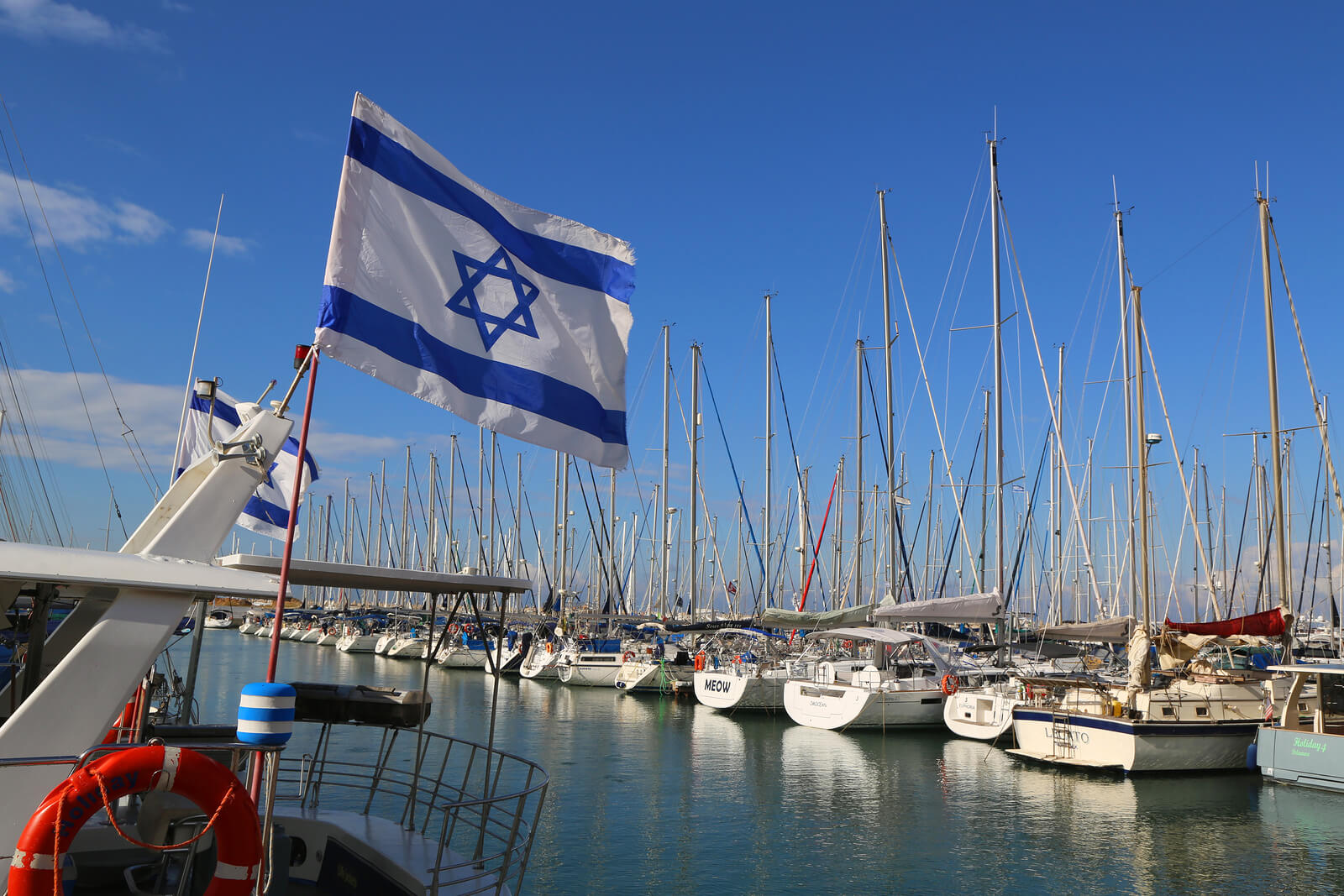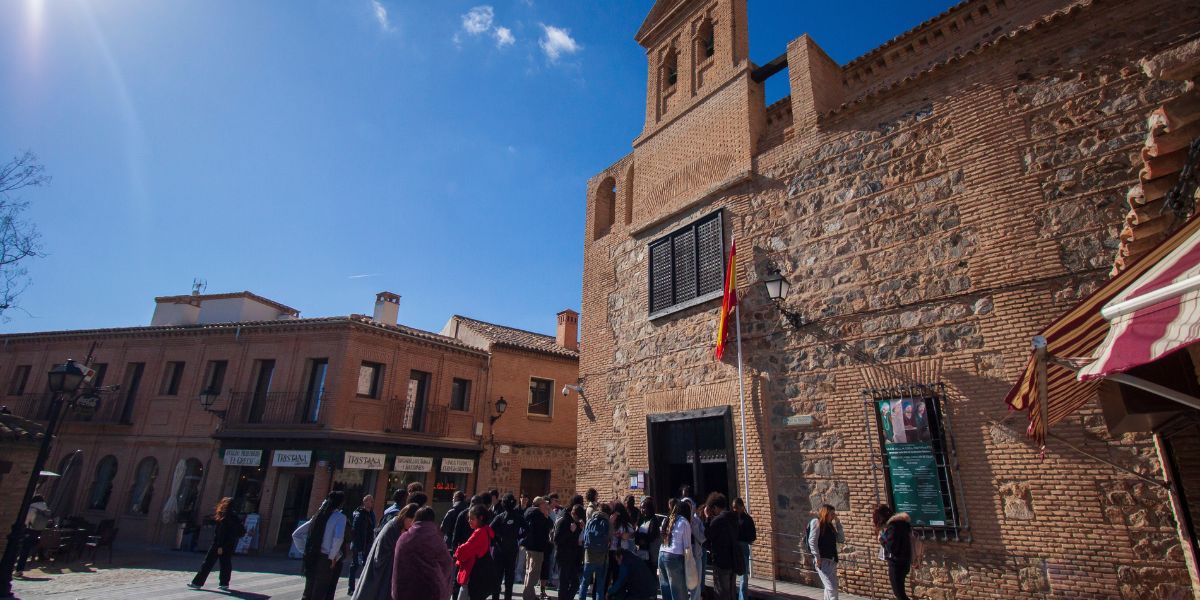
Akko is one of the oldest cities in the world, inhabited since the Middle Bronze Age. Its location at Haifa Bay is extremely important – it has both sea and land routes traditionally vital for commerce, and it’s also home to one of Israel’ rare natural harbors. Many historical figures, such as Marco Polo, many scholars, artists, writers, travelers, merchants, pilgrims, and mystics, all walked on the roads of Akko. It’s an amazing town with a long and powerful history, witnessed by its still-standing minarets, church domes, fortifications, moats, bastions, and numerous other edifices. So what are the top sights in Akko you absolutely must see on an escorted tour to Israel? Let’s have a look!
Hammam Al Pasha
Built in 1780 by the Ottoman Bosnian Governor of Akko, Ahmad Pasha Al-Jazzar, this elaborately decorated marble, and tile hammam was a part of Akko’s transformation from a fishing village into a construction and trade center. It was in use until the 1940s, featuring three sections: the dressing room; the four rooms used for various treatments, like massages, cosmetic treatments, childbirth preparation sessions, etc.; and the hot room, with a heated pool and a steam bath. For one hundred and fifty years, this hammam was the place for purification before prayer, for social encounters, rest, entertainment, celebrations, a place where deals were made, historical events discussed, and local gossip shared. It now offers a 30-minute show about its last visitors and daily life in Ottoman Akko, with audio guides available in eight languages.
City Walls
The Old City is surrounded by the sea, fortifications, and a dry moat. In its present boundaries, it was first fortified during the Fatimid Islamic Caliphate, when in 950, ruler Ibn Tolon ordered for a wall to be erected around the city. The wall was destroyed and renovated several times since, by Muslims, Crusaders, and Mamluks. At the beginning of the 1800s, new double walls with dominant watchtowers and cannons were built, also called the Al-Jazzar Walls.
In the northeast corner stands the bastion Burj Al Commander, from which the Land Wall Promenade leads you to the 12th-century Land Gate – one of only two entries into the city until 1910. The other is the Sea Gate, watching over the marina. In the northwest corner stands Burj Al Karim, aka the English Fort, from which the Seawall Promenade will lead you to the Lighthouse Observation Point.
Knights’ Halls
Built 800 years ago by a monastic military order Hospitallers, these Crusader structures originally served as the Knights Hospitaller Compound, extending over an area of 8,300m2. The Knights’ Halls, aka the Citadel of Akko, was restored and developed for tourism, but that also resulted in an extensive archaeological excavation of this underground complex. You must see the impressive and wonderfully preserved Beautiful Hall, where pilgrims traveling to the Holy Land were received. See also the 13th-century tombs displayed in the crypt of St John’s Church, as well as the pilgrim’s graffiti of Christian symbols, still visible at the intersection of two excavated streets. Strolling through these fantastic chambers gives you an insight into the life of the Knights Hospitallers, while the audio guide evokes the sounds of the citadel.
Al-Jazzar Mosque
Also called the White Mosque because its dome was once silvery-white and could’ve been seen from a great distance, Al-Jazzar Mosque is the largest Israel’s mosque outside of Jerusalem and is located on Al-Jazzar Street, overlooking the eastern Mediterranean Sea. In 1781, Governor Al-Jazzar designed the mosque and ordered it to be built. It’s a wonderful example of Ottoman architecture, which merged Byzantine and Persian styles, while the courtyard columns are reminiscent of those in Roman Caesarea. The complex included a theological academy, student lodging, an Islamic court, and a public library. There’s also a small, twin-domed building – a mausoleum and a graveyard, housing the tombs of Jazzar Pasha, his adoptive son and successor, Suleiman Pasha, and their family. See its magnificent calligraphy, its elegant green dome, the 124-stair minaret, and the beautifully decorated interior. The mosque is also important because it houses a lock of hair Muslims believe to be from the Prophet Muhammad’s beard. It is kept inside a glass cabinet at the women’s upper floor gallery.
Souq Al Abiad (The White Market)
Near the White Mosque, you’ll find the wonderful White Market. Previously, here stood larger Daher Market, northern Israel’s commercial center. It’s said that hookah-smoking workers started the fire when a spark reached the barrels of gunpowder displayed for sale. There were casualties and huge damages. Suleiman Pasha ordered the new, light-filled market to be built. Its walls and sixty-four shops were white, hence the name. It became the new center of Akko, and its stalls still stand. When the British Mandate built additional roads, people entering Akko through the city’s only Land Gate no longer had to take the road leading to the White Market, so its importance lessened. Still, it was compared to the Damascus market by a traveler at the time, and this historical site is considered to be one of Israel’s largest construction projects of the early 19th century.












